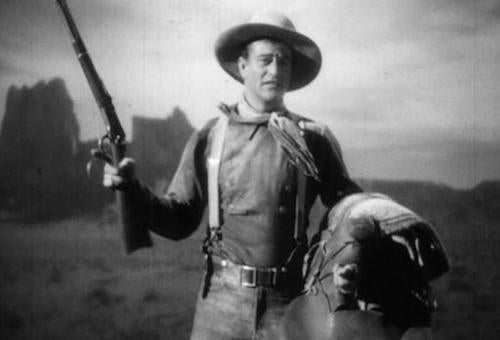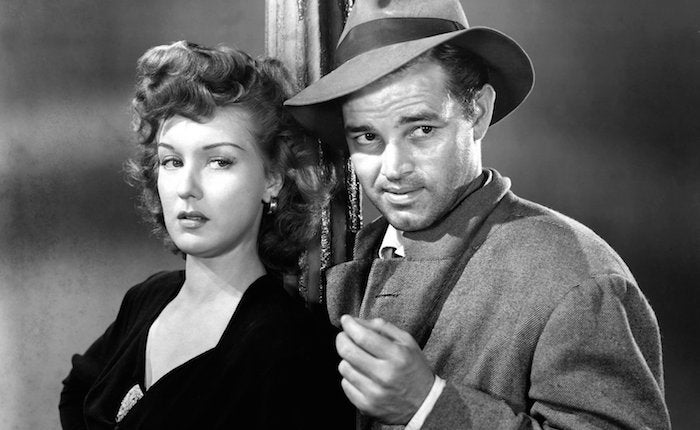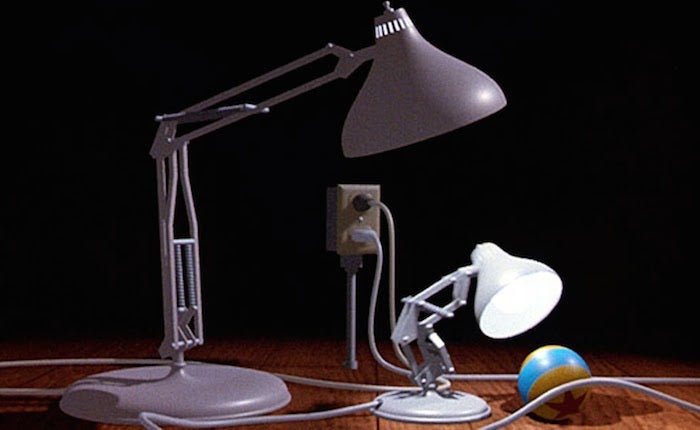
Stagecoach (dir. John Ford, 1939), inducted into the National Film Registry in 1995.
I have been a voting member of the National Film Preservation Board (NFPB) for the last seven years, as UCLA Film & Television Archive’s alternate delegate – former dean and Archive director Robert Rosen has been on the NFPB since its inception – it was only a year ago that I attended my first NFPB meeting in Washington, D.C. Founded by Congress through the National Film Preservation Act of 1988 in the aftermath of the great colorization debate of the mid 1980s, the Board has been naming 25 films a year since 1989 as national treasures, which are then ostensibly preserved in their original form, should there be further manipulation by rights holders. Each December, then, the Librarian of Congress, Dr. James Billington announced the selection, his final choices occasionally politicized by the sensitivities of a conservative Congress during the constant threat of his annual budget being cut back. Indeed, several films have been nominated year for year by the Board, but failed to show up on the final list. However, that promises to change this year with the retirement recently of the Librarian, who for 25 years dominated the NFPB and its agenda, and the naming of a new NFPB Chair after the passing of the Chair, Roger Mayer.
The Board consists of two representatives from 17 national film organizations, including the Academy of Motion Picture Arts and Sciences, MPAA, various Hollywood guilds (ASC, SAG, DGA, WGA, SCL), National Society of Film Critics, Society for Cinema & Media Studies, American Film Institute, FIAF, NYU and UCLA, as well as 10 at-large members, totaling 44 members. Utilizing lists of films nominated by the public, as well as their own, each member makes an initial selection of 30 titles which are at least 10 years old and deemed to be socially, historically or aesthetically significant in the history of American film. The Board then meets at the Library of Congress, where they discuss the tabulated results before voting 25 titles in a second round in order of priority. As noted, the results of that vote are then communicated to the Librarian of Congress who has final authority over the National Film Registry, as it is called. In the early years, the NFPB was encouraged to increase the percentage of non-mainstream Hollywood cinema on the Registry. But since the turn of the century, the NFPB has endeavored to find a balance between Hollywood and independents, documentaries and fiction films, experimental, amateur and industrial films, and various genres, like comedies, dramas, horror, musicals, etc.

Detour (dir. Edgar G. Ulmer, 1945), inducted into the Registry in 1992.
After opening remarks by the new NFPB chair, John Ptak, and the Acting Librarian of Congress, David Mao, the new atmosphere became palpable when Ptak encouraged members to be more vocal about the Library’s agenda for NFPB projects. Indeed, the membership started asking hard questions about the NFPB budget, which as a congressional appropriation has remained stagnant at $250,000 a year for 25 years, with about $100,000 going towards film preservation projects. Other discussions centered on the silent film project in the wake of the release of the NFPB-commissioned report by David Pierce, the establishment of an online screening room, a report by the National Film Preservation Foundation, and by the American Archive of Public Broadcasting.

A Woman Under the Influence (dir. John Cassavetes, 1974), inducted into the Registry in 1990.
However, the longest and most freewheeling debate was engendered by new NFPB member and DGA alternate, Christopher Nolan, who led a discussion about the transition from analog to digital moving image media. As he has at several public fora, Nolan argued that film is a specific medium, not just another moving image technology, and that a digital transfer of a 35mm film can be compared to making a photocopy of a Picasso painting. Narrative features are not simply data, but rather works of art; digitization not a simple transfer, but rather a process involving numerous curatorial decisions over which filmmakers seldom have control. Nolan noted further that filmmakers were never consulted by the studios whether they approved of the wholesale destruction of 35mm film projection in favor of the now-ubiquitous digital cinema package (DCP). Furthermore, he accused the studios of promulgating the untruth that digital cinema was cheaper than analog, when in fact there is enough money to produce analog films if more filmmakers like Nolan and Quentin Tarantino insist on it. Finally, there are the long-term preservation issues that digital cinema as an inherently unstable medium brings with it. He therefore encouraged archives to not simply digitize because there was public money available, but to continue to preserve selected films on film.

Luxo Jr. (dir. John Lasseter, 1986), inducted into the Registry in 2014.
This discussion continued through the working lunch and into the early afternoon, touching on issues of preservation, access and cultural patrimony before the membership got down to the business at hand, namely discussing this year’s nominees. The Library of Congress announces the next 25 Registry titles in December.
< Back to Archival Spaces blog






 Mobile Navigation
Mobile Navigation

